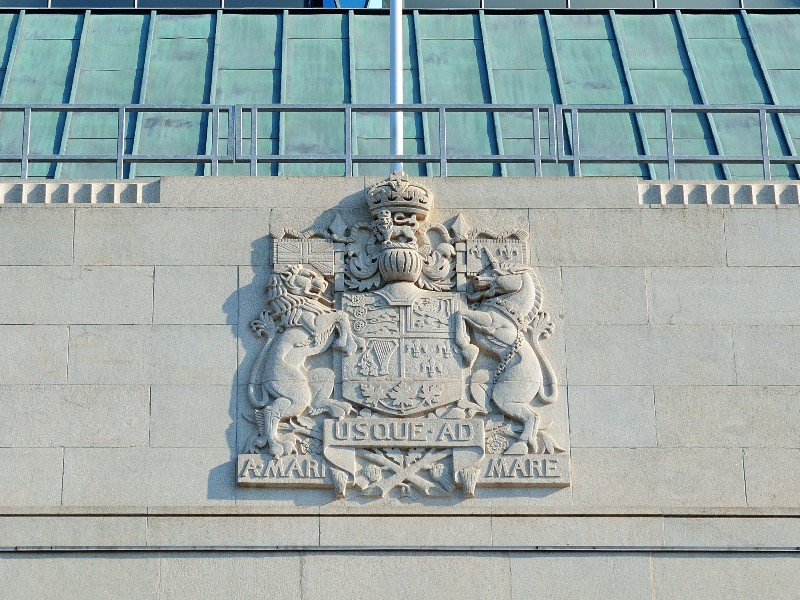
The governor of the Bank of Canada says the central bank would have likely slashed its key interest rate in response to plunging oil prices, if that alone had been the only shock to the domestic economy.
The cut might even have been to the current 0.25 per cent level it reached as the COVID-19 pandemic took hold, Stephen Poloz told a House of Commons committee Thursday.
Prices for oil on international markets have dropped by half since the start of the year.
The drop has been even worse for Alberta’s oil, with its benchmark price of Western Canadian Select falling about 90 per cent since January.
But it was the COVID-19 pandemic that drove the central bank over the course of March to reduce its target overnight rate from 1.75 per cent to 0.25 per cent, which Poloz said is effectively as low as it can go to combat the economic impacts of COVID-19.
“Just on the basis of the drop in commodity prices alone, I would say we would have cut interest rates by at least 100 basis points, such as what we did in 2015,” he said during his final scheduled appearance before the House of Commons finance committee before he leaves his post later this year.
“Possibly we would have ended up doing all 150 basis points if that were the only shock we were facing. That is a very real shock to the economy.”
But it’s not the only shock.
He said the economic hit delivered by the COVID-19 pandemic is unlike any downturn the country has faced before.
Some six million people have applied for emergency federal aid since the middle of March. A preliminary estimate by Statistics Canada suggested the economy contracted by nine per cent last month, which would be the worst one-month drop on record.
The central bank just on Wednesday announced plans to start buying provincial and corporate bonds on the secondary market to reduce the risk those markets will lock up. Those measures are to inject up to $60 billion into the economy and will last, tentatively, for a year.
The bank is also increasing the quantity of federal treasury bills it’s willing to buy, beyond a $5-billion-a-week purchase, effectively making more low-interest loans to the government.
The federal government has upped its spending by over $105 billion to cover fiscal help that Poloz said is central to bridging this downturn, with monetary policy playing a supporting role.
The expectation from the central bank is that economic activity could begin to resume by the summer, and that a recovery will be as sharp as the drop seen in the last few weeks, Poloz said.
The longer it takes for economic activity to resume, though, the more likely that businesses will close for good and the longer the spells of unemployment workers will face as they look for new jobs.
On Thursday morning, the government announced an expansion to a loan program for small- and medium-sized businesses, and promised a new support for companies having trouble paying rent.
The Canadian Emergency Business Account will now provide up to $40,000 in government-guaranteed loans to businesses that had payrolls last year between $20,000 and $1.5 million. It previously offered loans to business with a narrower range of payrolls, between $50,000 and $1 million.
“No one should feel as if they’re alone in this fight,” Prime Minister Justin Trudeau said, acknowledging the criticism the government faced from companies who felt left out.
“Our government is here to help you through these challenging times. So when we hear the program is not reaching as many people as it should, we make changes.”
Since the loan program was launched last month, Trudeau added, businesses have taken out 195,000 loans worth $7.5 billion. The loans are interest-free until Dec. 31, 2022 and if they’re paid off by then, up to 25 per cent of the total will be forgiven.
The federal government is also working on a program to help businesses and commercial landlords cover their rents for at least three months, though the details still need to be worked out with the provinces and territories.
